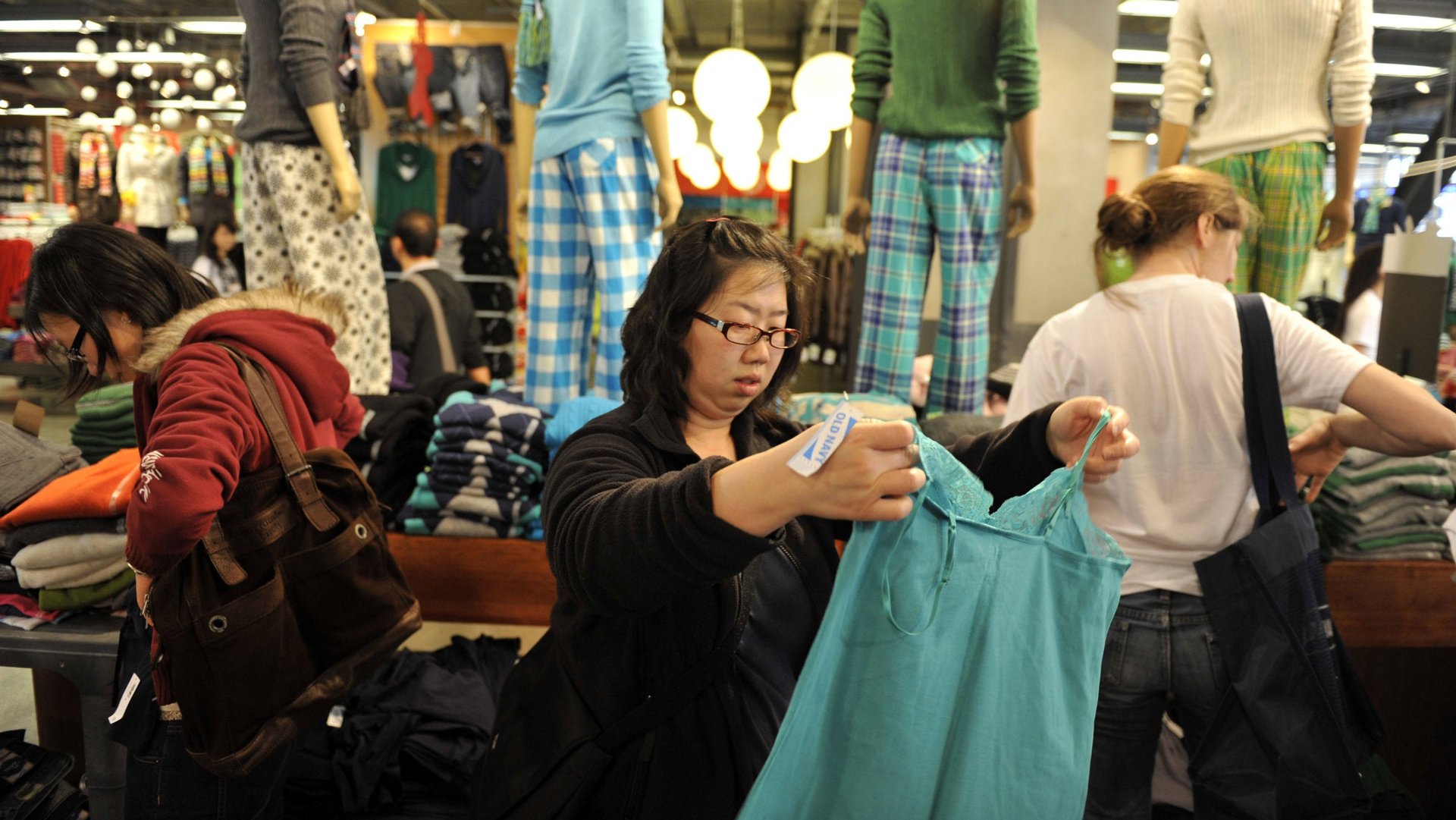Old Navy is actually considered stylish in super-cool Sweden
I just returned to Sweden, after spending the holidays in the US, with a big bag of clothes guaranteed to make me look as cool, edgy and hip as a 40-year-old father of two can.


I just returned to Sweden, after spending the holidays in the US, with a big bag of clothes guaranteed to make me look as cool, edgy and hip as a 40-year-old father of two can.
Yes, I went shopping at Old Navy. After Christmas. For clearance items. I’m not joking either about looking cool. I get regular compliments from colleagues and customers on my Old Navy outfits along the lines of, ”Wow, you’re all dressed up!” or ”Don’t we look like downtown people today.” Now, I’m not hanging out in a cool neighborhood like Söder on a Saturday night. But, still … Old Navy!
What I take from this is the persistence, even increasing importance, of regional differences in a globalized world. It’s like Scotland talking independence or the emergence of Scandinavian crime novels. The more interconnected we are, the more grounded we’ve become in our local identities, whether they’re national tastes in shoes or, in the US, regional preference for certain colors.
If you take a look at apparel sourcing, almost all the developed world’s clothes come from the same set of countries, if not the same set of factories. There are regional differences—Sri Lanka is physically closer to Europe, which makes it more attractive for European labels, while China is nearer to the US—but the larger point remains.
This became tragically clear in the deadly factory fire in Bangladesh last November. Clothing for a slew of American brands was manufactured in the factory, but also labels from the UK, Hong Kong and Europe. So the primary difference in American versus Swedish clothing is not in how or where they are made or in the quality of the fabrics, it is in the design and the choice of color.
Sometimes I just go to Old Navy because the clothes are cheap and not unstylish; I don’t have the time to negotiate the maze of the sustainable clothing world; and, honestly, they stand out in Sweden. (To be fair, Old Navy is seen as stylish in some quarters of Canada now, and business is up.)
I think this is primarily because of color. The shirts may be cheap, but they have bolder colors and stronger lines than a lot of Swedish men’s clothing. Swedish clothes, when not in dominant black, gray or brown, are in more subdued shades to fit a more muted society. This cuts across all demographics too, whether we’re talking about cool club kids or business execs in blazers and jeans.
Swedish clothes are cool. Besides perennial favorite H&M, labels such as Nudie Jeans, Cheap Monday, Tiger of Sweden and Acne Studios are all getting widespread buzz, with celebrities like Rihanna, Alexander Skarsgard and Jared Leto all sporting Acne jeans recently, according to CNN.
In fact, the Swedish fashion industry is hitting record highs in exports. I would say this reflects mostly the Swedish genius for finding innovative variations within the accepted norm. It has worked in furniture, in pop music and now in fashion. It’s why Brits are apparently mad for the subtle stylings of Swedish designers. From the London Evening Standard:
“In Sweden an understated, utilitarian approach has long dominated. It is this effortless stance on elegance that London’s style-savvy are now besotted with. As a city, we’re obsessed with trying to look as if we haven’t tried too hard at fashion—a sport the Swedes are world champions at.”
But what about when you are surrounded by all these fun takes on the utilitarian black and denim? Well, it all starts to look the same. Hence, the shock value of Old Navy’s blue stripes or red plaid. And in the middle of a dark Swedish winter, that feels good.